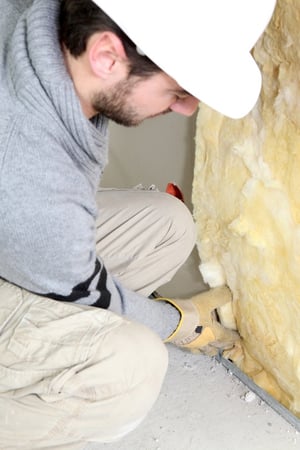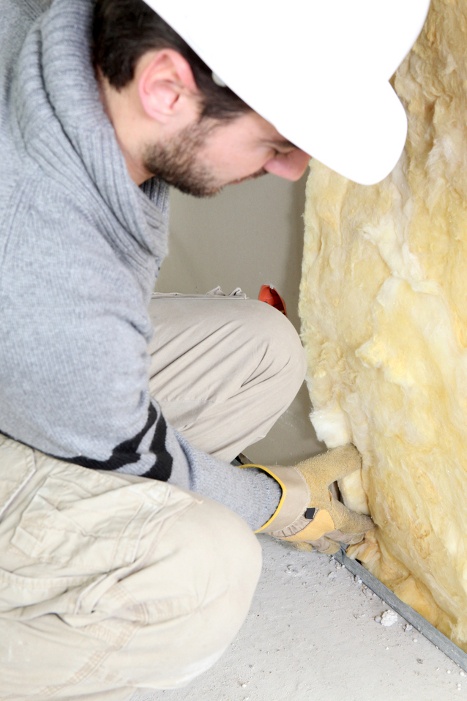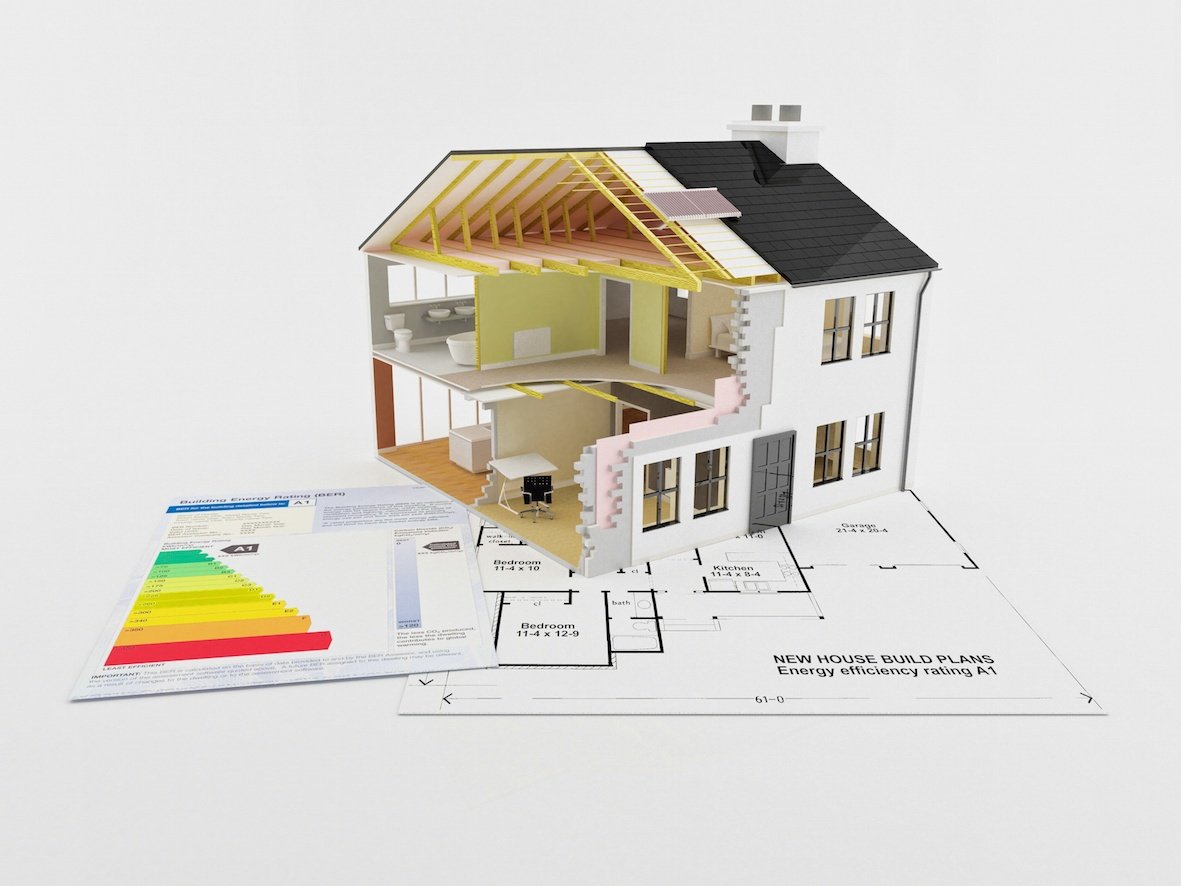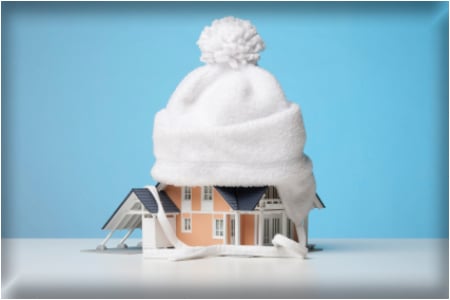16 Facts About Insulation in Connecticut
 Insulation is one of those things that you never think about, if it’s doing the job correctly. Like plumbing and electrical, it’s critical to your home’s comfort and functionality, but it’s not something you will ever see, admire or tell your friends about. However, while insulation is one of the more unloved products in your home, it’s also very important, and here’s why:
Insulation is one of those things that you never think about, if it’s doing the job correctly. Like plumbing and electrical, it’s critical to your home’s comfort and functionality, but it’s not something you will ever see, admire or tell your friends about. However, while insulation is one of the more unloved products in your home, it’s also very important, and here’s why:
- 50 to 70% of the energy costs incurred by the average American household are heating and cooling related.
- Better insulation can save the average sized home up to 20% on HVAC costs per year.
- The leading cause of overspending on heating and cooling is poor insulation.
- The design of your home, including shape and size, can impact on heating and cooling requirements.
- Insulation is designed as a barrier, to stop air from moving. In winter, this helps to keep warm air from rising up through the roof, and to prevent heated air coming in through roofs and walls from reaching your cooled interior air in summer.
- The amount of heat loss or gain a product can block is called its R value. The higher the R value, the better the insulation.
- Ceilings, walls and floors need to be properly insulated to ensure that your home functions at the optimal level.
- Generally, in colder climates, insulation that limits air movement like foam, blankets or batting are more effective than reflective types of insulation, which are better suited to warmer climates where cooling is more important than heating.
- The insulation currently in place in the US helps to prevent 780 million tons from reaching the atmosphere. That means better insulation is good for the environment.
- Fiber glass and rock wool products used in insulation are mostly reusable. Which means that if you decide to add rooms to your home in future, the insulation in walls that are removed could be reused in the addition.
- In the Middle Ages, long before modern insulation was developed, walls were insulated with mud and straw. Even in the early 20th century, people were still using strange materials like newspaper to insulate their homes. Which is why you can often find old newspapers preserved in the walls of historic homes!
- Asbestos was first used in ancient Greece, and it was widely used in the US until the 1970s. So if you renovate an older home, you may find that you have costly abatement surprises to add to your bill.
- Dale Kleist invented fiberglass by accident.
- Some of the more environmentally friendly insulation options today use recycled materials that include blue jeans!
- Spray foams, once dry, are basically inert, and therefore hypoallergenic. Certain fiber based insulation products are not.
- Depending on the spray foam used, it can act like glue, actually adding structural strength to a home.
Insulation may not be something you get excited about in a new home, but it’s certainly an interesting product. If you are building or renovating your home, be sure to pay some attention to product choice, and you will reap the benefits in energy bills for years to come.







